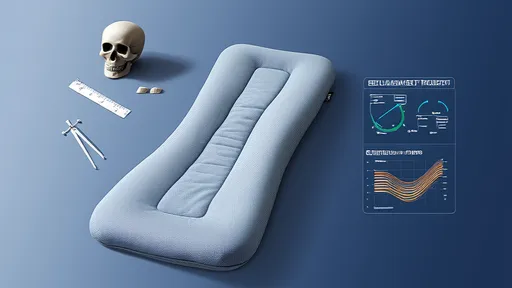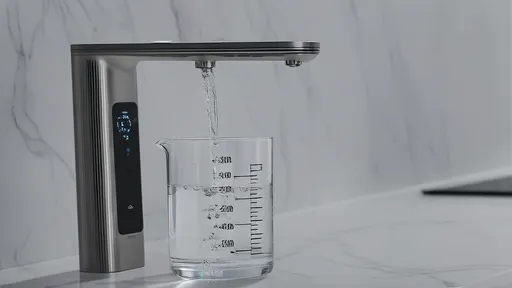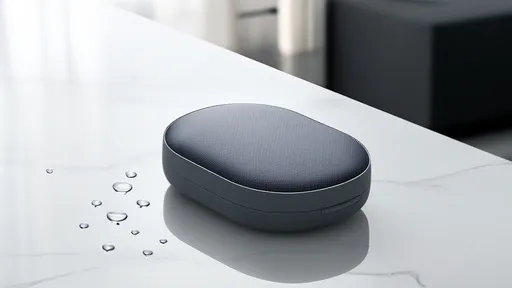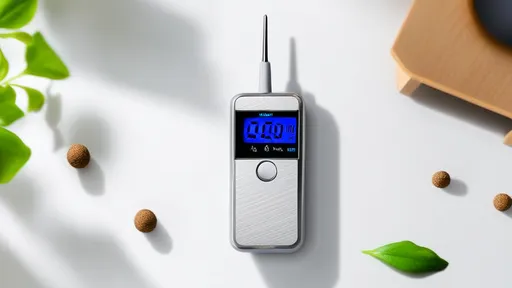When it comes to achieving accurate weight measurements, the importance of placing your scale on a level surface cannot be overstated. Many users overlook this critical aspect, assuming that any flat area will suffice. However, even minor imbalances can lead to significant discrepancies in readings. Whether you’re using a digital or mechanical scale, ensuring proper ground alignment is essential for consistency and reliability.
The mechanics behind weight measurement rely heavily on the distribution of force. If a scale is placed on an uneven surface, the internal sensors or springs may not function as intended. For digital scales, this often results in fluctuating numbers or error messages. Analog scales, on the other hand, may show persistent inaccuracies due to misalignment. The problem is exacerbated on carpets or soft surfaces, which can absorb pressure unevenly and skew results.
Hard, stable flooring is the gold standard for scale placement. Tiled, wooden, or concrete surfaces provide the rigidity needed for precise measurements. Before stepping onto the scale, take a moment to inspect the area. Look for visible slopes or gaps that could affect balance. Some high-end scales come with built-in level indicators, but for most models, a simple visual check or manual test will suffice. Place the scale in different spots to confirm consistency in readings.
Environmental factors also play a role. Temperature fluctuations and humidity can cause materials to expand or contract, subtly altering the surface beneath the scale. Avoid placing the device near heating vents, windows, or damp areas. Additionally, ensure that the scale’s feet or underside are clean and free of debris. Dust or small particles can create micro-imbalances that accumulate over time, leading to drift in measurements.
Portable scales often face greater challenges in maintaining accuracy due to frequent movement. If you travel with a scale, always recalibrate it upon arrival. Many modern digital scales feature auto-calibration, but manual verification is still recommended. For those using scales in gyms or shared spaces, be mindful of how others might have placed or handled the device. A scale that’s been kicked or shifted requires repositioning before use.
Long-term accuracy depends on routine maintenance. Periodically check the scale’s alignment using a spirit level or smartphone app. If inconsistencies persist, consult the manufacturer’s guidelines for recalibration or servicing. Investing in a high-quality scale with robust construction can mitigate many of these issues, but even the best devices require proper placement to function optimally.
Ultimately, the pursuit of precise weight tracking begins with the ground beneath your feet—or rather, beneath your scale. By prioritizing a level surface, you eliminate one of the most common yet overlooked variables in personal measurement. Whether for health monitoring, fitness goals, or medical purposes, taking this simple step ensures that the numbers you see reflect reality.
The hum of idling engines, the faint scent of exhaust, and the endless sea of brake lights stretching toward the horizon—highway traffic jams are an inevitable reality for millions of drivers. While being stuck in gridlock is frustrating, it also presents an unexpected opportunity: a chance to stretch, move, and counteract the stiffness that comes from prolonged sitting. For those who find themselves trapped in slow-moving or stationary traffic, a few simple stretches can make the wait far more bearable—and even beneficial for the body.
In the ever-expanding world of health supplements, choosing the right formulation can be as crucial as selecting the active ingredients themselves. The physical form of a supplement – whether it’s a capsule, tablet, liquid, or powder – influences not just how we take it, but how effectively our bodies absorb and utilize its nutrients. For consumers navigating this landscape, understanding these nuances can mean the difference between a product that works and one that merely sits on the shelf.
When it comes to achieving accurate weight measurements, the importance of placing your scale on a level surface cannot be overstated. Many users overlook this critical aspect, assuming that any flat area will suffice. However, even minor imbalances can lead to significant discrepancies in readings. Whether you’re using a digital or mechanical scale, ensuring proper ground alignment is essential for consistency and reliability.
The humble nose wire in face masks often goes unnoticed, yet it plays a pivotal role in achieving that perfect fit. While most consumers focus on filtration efficiency or breathability, the subtle art of nose bridge shaping remains an underappreciated aspect of mask-wearing. Mastering this technique can transform an ordinary mask into a customized protective barrier that seals tightly without causing discomfort.
The growing reliance on digital screens has led to an increased demand for products that claim to protect our eyes from harmful blue light. Among these, blue light screen protectors have gained significant popularity. These thin films, applied directly to the screens of smartphones, tablets, and computers, promise to filter out the high-energy blue light emitted by displays. But how effective are they really? A series of tests were conducted to evaluate their performance, and the results provide valuable insights for consumers.
The quest for the perfect night's sleep has led to numerous innovations in bedding technology, with memory foam pillows standing out as one of the most revolutionary. Unlike traditional pillows, memory foam adapts to the contours of the head and neck, providing customized support. However, not all memory foam pillows are created equal, and selecting the right height is crucial for optimal comfort and spinal alignment. The concept of a height adaptation formula for memory pillows has gained traction among sleep experts, offering a scientific approach to personalized sleep solutions.
The water purification industry has grown exponentially in recent years, driven by increasing awareness of water quality and health concerns. Among the various factors consumers consider when purchasing a water purifier, the flow rate—or the speed at which clean water is delivered—plays a crucial role. Unlike technical specifications such as filtration accuracy or contaminant removal rates, the flow rate directly impacts daily usability. A slow flow rate can frustrate users, while an excessively fast one might raise doubts about filtration effectiveness. Striking the right balance is essential for both manufacturers and consumers.
The running shoe industry has quietly undergone a quiet revolution in recent years, with manufacturers introducing innovative wear indicators that go far beyond the traditional "check the soles" advice. These new systems are transforming how runners monitor their footwear, potentially preventing injuries and extending the life of their gear. What began as simple tread patterns has evolved into sophisticated visual and tactile warning systems that communicate exactly when shoes need replacement.
The process of verifying organic certification codes through official websites has become increasingly important for consumers seeking authentic organic products. With growing concerns about food authenticity and labeling accuracy, understanding how to navigate these verification systems provides peace of mind and ensures purchasing decisions align with personal values.
When it comes to maintaining a healthy lifestyle, vitamins and supplements play a crucial role. However, many people overlook an important aspect of their efficacy: their shelf life after opening. Unlike unopened bottles, which have a clear expiration date, once a vitamin container is opened, its potency and safety can degrade faster than expected. Understanding how to calculate the post-opening shelf life of vitamins is essential for ensuring you reap their full benefits.
The science behind sun protection has evolved significantly over the years, and one of the most critical advancements has been the development of UPF (Ultraviolet Protection Factor) testing for sun-protective fabrics, including umbrellas. Unlike sunscreen, which is measured by SPF, UPF evaluates how effectively a fabric blocks ultraviolet radiation. For those who rely on sun umbrellas as their primary defense against harmful UV rays, understanding UPF testing methods is essential.
The healthcare technology sector has witnessed remarkable advancements in recent years, with smart pillboxes emerging as a crucial tool for medication management. Among the various features that enhance their functionality, waterproofing stands out as a critical aspect that ensures durability and reliability. Manufacturers are increasingly focusing on innovative waterproofing techniques to address the challenges posed by accidental spills, humidity, and even complete submersion in water.
For families caring for elderly loved ones with dementia or mobility challenges, GPS-enabled shoes have emerged as a game-changing safety solution. These innovative footwear options blend discreet tracking technology with everyday comfort, offering peace of mind without compromising dignity. As the silver tsunami reshapes demographics globally, such assistive technologies are transitioning from luxury to necessity in elder care.
In recent years, formaldehyde detectors have become essential household items for health-conscious families. However, the market is flooded with products of varying quality, making it challenging for consumers to distinguish between reliable devices and potential scams. Understanding where these detectors commonly fail can save buyers from wasting money on ineffective tools and protect their families from inaccurate readings.
For health-conscious individuals, tracking body composition has become an essential part of daily routines. Among the various tools available, smart body fat scales have gained significant popularity due to their convenience and ability to provide detailed metrics beyond just weight. However, to obtain the most accurate readings, understanding the optimal conditions for measurement is crucial—particularly when it comes to timing and preparation.














